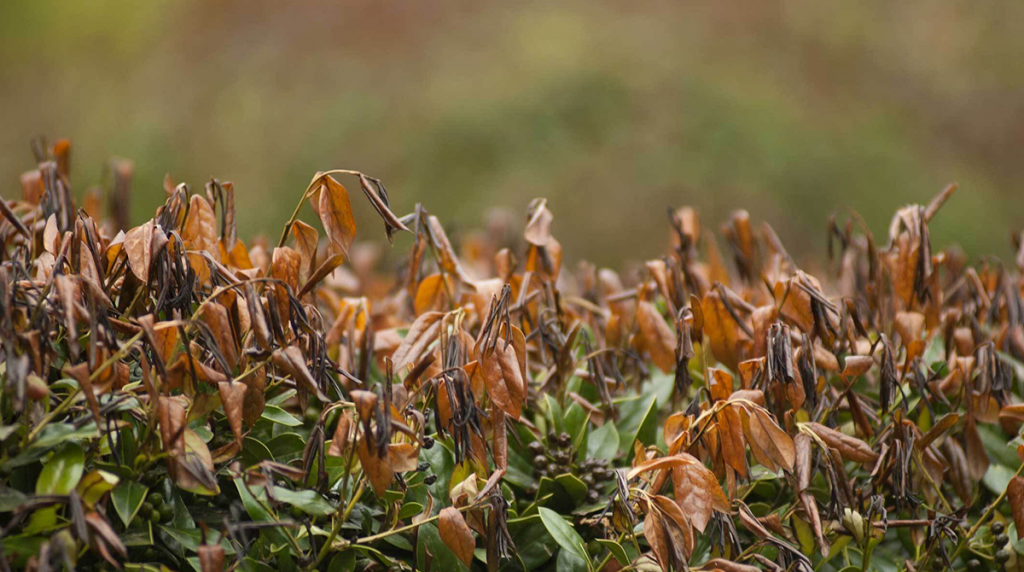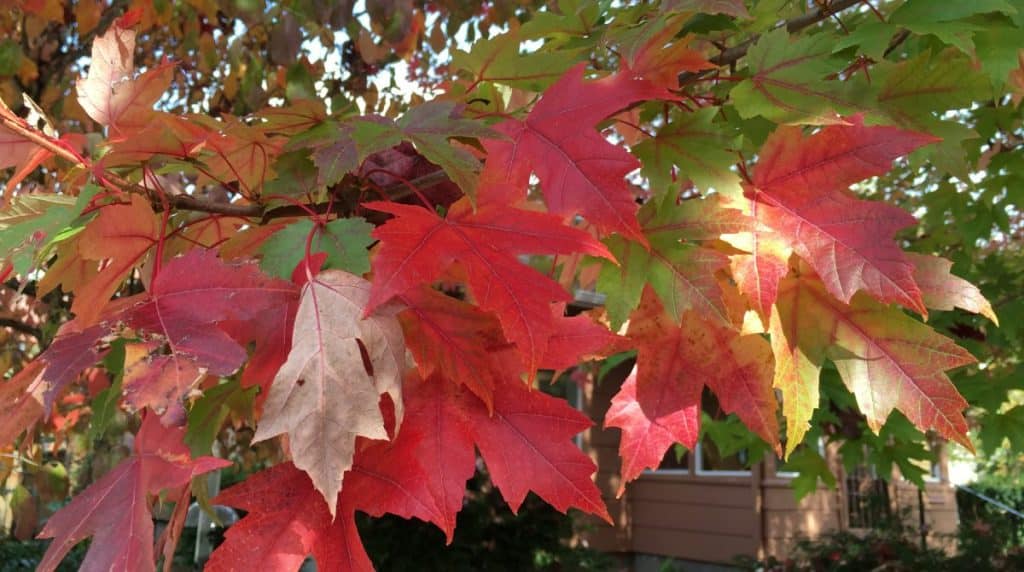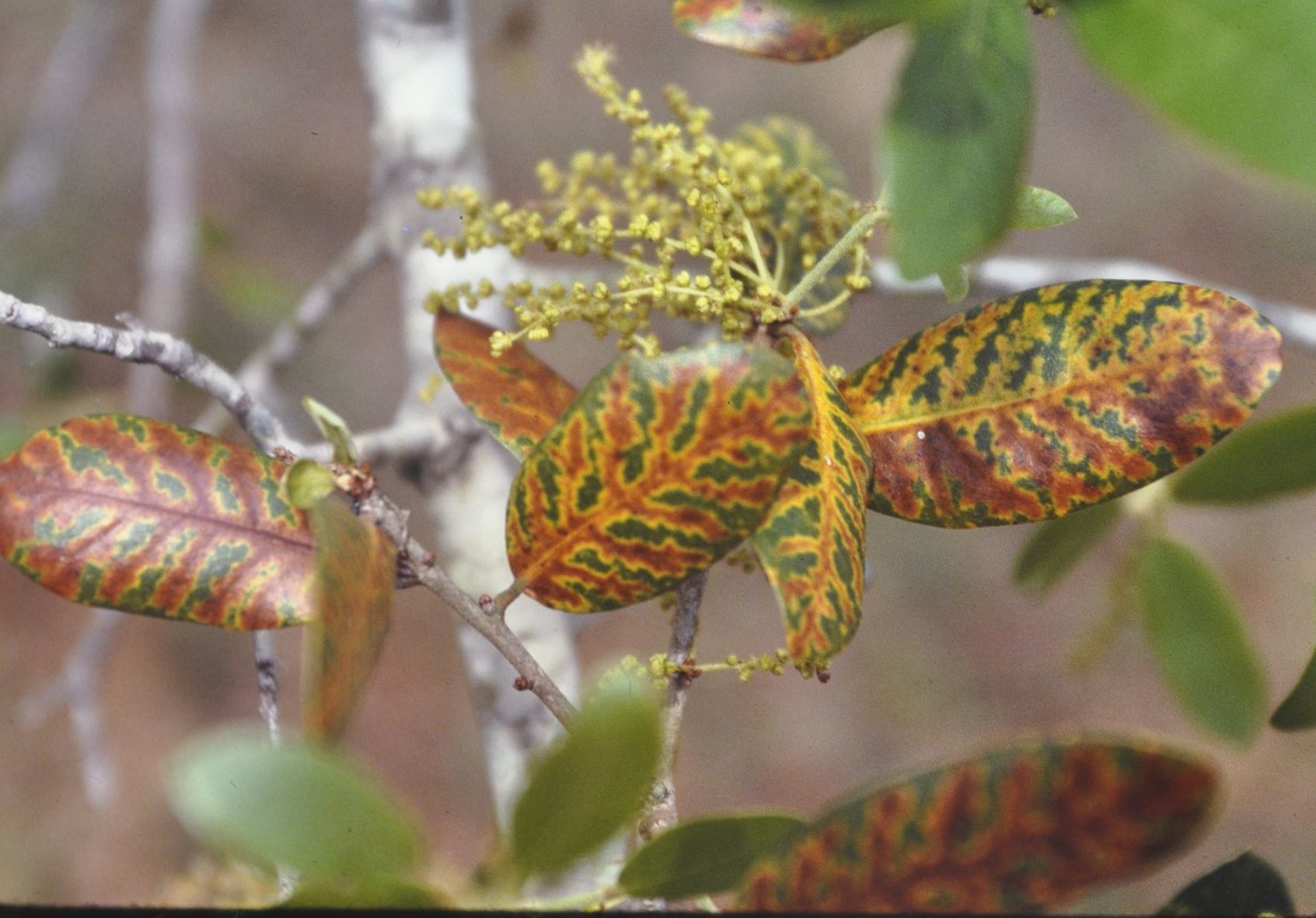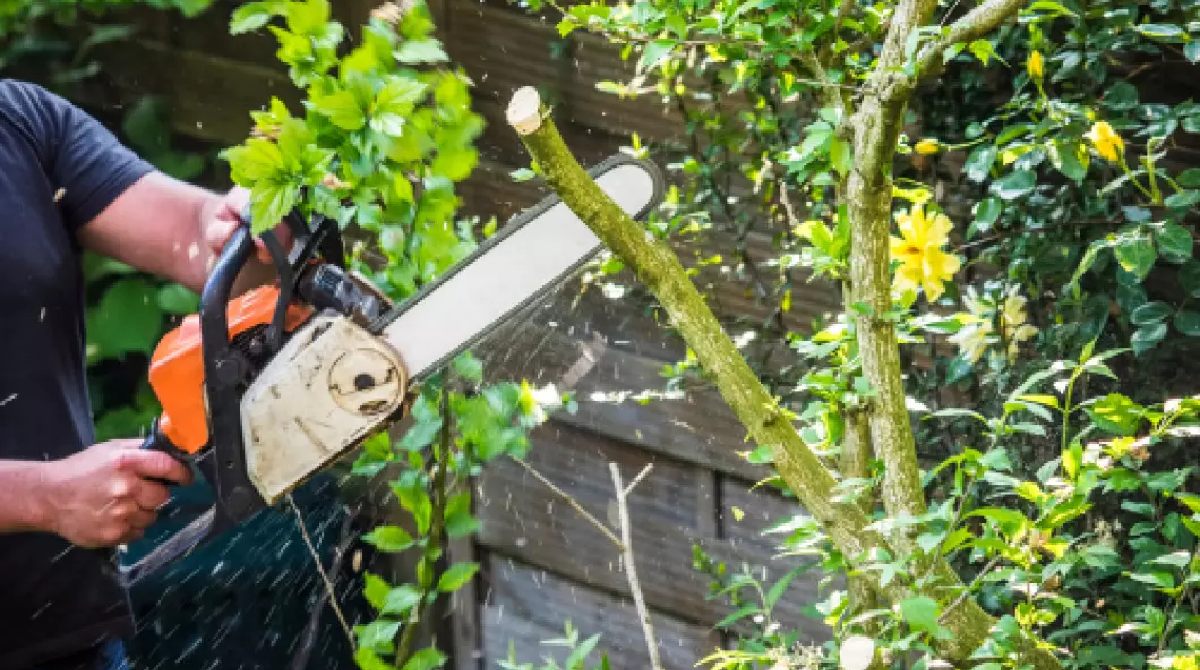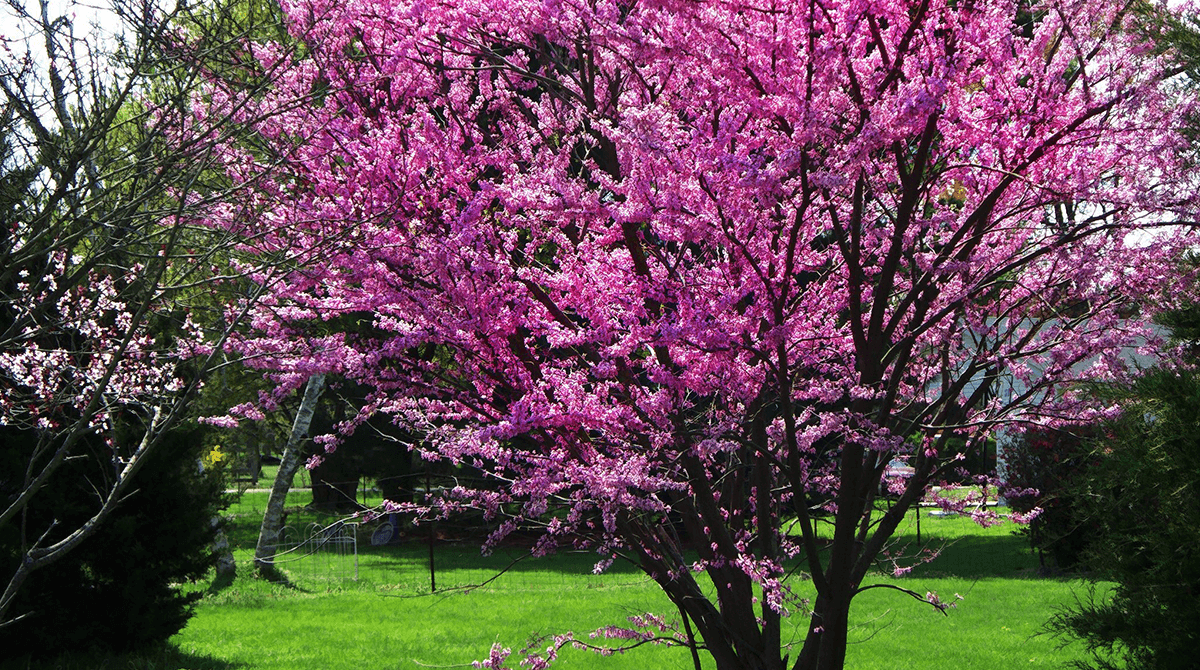
7 Small Flowering Trees Best for Dallas-Fort Worth
Date March 08, 2021
Category
Small spaces call for small trees, but there’s no reason why you can’t have some fun with your landscaping, even if you don’t have much room. Choosing a flowering tree can make a big impact on a small yard. Here are some suggestions for small flowering trees that are great for North Texas.
Crepe Myrtle
We couldn’t do a blog about small flowering trees in North Texas without starting with Crepe Myrtles (also spelled Crape Myrtle). These hardy trees are some of the most popular flowering trees in our area. They produce multiple rounds of showy, fragrant flowers throughout the summer, and we love them for it. They tolerate our alkaline soils and don’t require much water. There are multiple varieties, sizes, and colors available, but consider a National Arboretum cultivar if you can because they are more resistant to disease and pest issues common to Crepe Myrtle trees.
Redbud
If you want to add a splash of color to your yard, Redbud trees are beautiful ornamental trees that produce purplish-pink blooms in early spring. You’ve probably seen this tree adorning local parks, roadsides, and other public spaces. At maturity, Redbuds typically reach between 15 to 20 feet, making them perfect for a small space. There are several cultivars available from nurseries in our area, and the Texas Redbud is known to be drought and heat-tolerant. Work with a nursery that can recommend the best Redbud tree for your yard.
Mexican Plum
The Mexican Plum is a Texas native that produces fragrant white flowers in the spring and edible fruit, which people and wildlife alike can enjoy. Its leaves go from yellow to red to purple in the fall, making this tree a wonderful centerpiece to any North Texas yard. Although it prefers a moderate amount of water and well-drained soils, it is tolerant of drought and alkaline soils. The fruit is considered attractive, but it can be a bit messy, and be aware that some branches grow thorns.
Hawthorn
Hawthorn trees are also Texas natives with small white flowers that turn into bright red berries, which the local wildlife enjoy. Their fall color is a deep red. These trees prefer some shade, so they are perfect for a small yard that’s partially hidden behind a building or fence. They prefer a moderate amount of water but tolerate drought and poorly-drained sites. There are several varieties available, so work with a nursery that can help you determine the best one for your yard. If you’re a bird watcher, consider planting a Hawthorn tree. A wide variety of birds enjoy their flowers in the spring and fruit in the fall. Their foliage also supports many caterpillar species, while bees love their nectar-rich flowers. That combo makes hawthorns a good planting choice for those who want to help pollinators. As for why birds like them so much, that has to do with the “thorn” part of hawthorn. The thorny stems featured on many Hawthorn species make them a good nesting and shelter option for birds. They can dive amongst the Hawthorn’s branches to escape hawks and other predators.
Texas Mountain Laurel
The Texas Mountain Laurel is another Central Texas native that makes the perfect accent tree for a small space. It’s a multi-trunked evergreen shrub or small tree that produces beautiful, drooping clusters of blue-purple blooms that smell like grape candy. It also produces a velvety seed pod, but be aware that its seeds are toxic, keeping them away from children and animals. The Texas Mountain Laurel requires little water and is extremely drought tolerant. Although it prefers poor, rocky soil, it tolerates well-drained and alkaline soils.
Texas Vitex
Also called a Texas Lilac, the Texas Vitex is another favorite among Texas gardeners. It’s a shrub or small tree that grows rapidly and requires little maintenance, although it does need some pruning to develop the trunk structure. It produces spikes of lavender or white blooms in the summer. The Vitex is heat, drought, and pest tolerant. It also tolerates alkaline soils. Although experts believe it is native to China, India, and Europe, it has been cultivated in the U.S. for hundreds of years and is considered a shrub or tree that works well in xeriscape landscapes or gardens.
Others
If none of the trees we’ve mentioned so far seem like the right fit for you or your yard, also take a look at the Mexican Buckeye, Desert Willow, Crabapple, Rusty Blackhaw, or Goldenball Lead tree. If you’re still unsure, reach out to our team at TreeNewal. Our experts can visit your property to make an assessment and recommend the best tree for you.
Things to consider when planting your small tree
There are a few things you need to think about when choosing and planting your new tree. If you’d like help with your tree installation, reach out to TreeNewal. We’re happy to assist you with any step in the process. Otherwise, here are a few tips for tree planting:
- When selecting your shrub or small tree at the nursery, be sure to check the trunk and branches for wounds or damage due to rough handling or incorrect pruning. Also, avoid trees with roots that appear limited, crushed, or wrapped around the outside of an undersized root ball or container.
- When choosing where to plant your new tree, you’ll need to pick a spot with the right soil conditions, drainage, exposure to the sun, and space. Also, be mindful of buildings. Whatever the tree’s crown’s expected width, cut that number in half, and that’s how far you should plant your tree away from any buildings.
- When planting your new tree, first identify the tree’s trunk flare, which is where the trunk expands at the tree’s base. The trunk flare should be peaking out of the soil, so the hole you dig should be two to three times as wide as the root ball of your sapling, but just deep enough that the trunk flare will be partially visible once planted.
- After you place the tree in the hole, ensure that it’s straight before backfilling. Stabilize the tree by packing dirt around the root ball and then remove any wrapping, string, or wire. Continue to backfill the hole gently but firmly. You want to avoid creating air pockets in the soil, which could dry out the roots, so use water to settle the soil around the root ball.
- Don’t fertilize the soil during planting, but do mulch once you have sufficiently backfilled the hole. When mulching, spread a layer of organic matter on top of the soil, starting a few inches away from the trunk flare. The layer of mulch only needs to be two to four inches thick. Anything more than that could cause issues with moisture and oxygen levels in the soil.
TreeNewal’s ISA Certified Arborists can help!
If you have questions or concerns about choosing the best flowering trees for a small space, TreeNewal has ISA Certified Arborists on staff and a team of highly qualified tree care experts that can help. Our professionals have been taking care of trees in the DFW area for more than 39 years and are incredibly knowledgeable about Texas’s native and non-native trees. Our arborist services include tree planting, tree trimming, tree care, tree nutrition, insect and disease management, and much more. You can learn more about us on our website at TreeNewal.com, or call us today for an appointment.
To learn more about 7 Small Flowering Trees Best for Dallas-Fort Worth, Healthy Trees, call our Argyle and Southlake-based teams
at tel:(817) 592-6846 or send us a message.
We’re a little different than the average tree services company.
Learn more about TreeNewal’s ISA Certified Arborists!
Our Dallas/Fort Worth-based tree doctors can explain how sustainable tree care services add more value to your bottom line.
Healthy trees, healthy lives.
